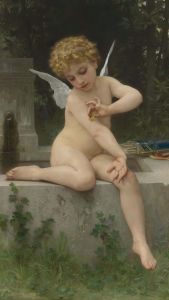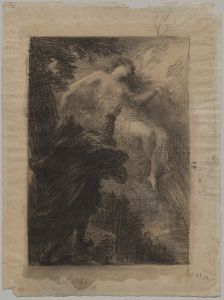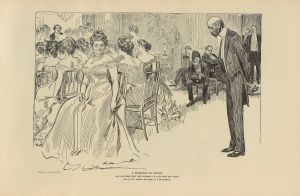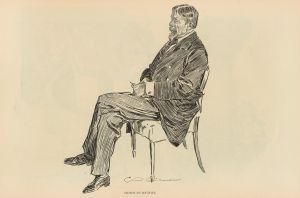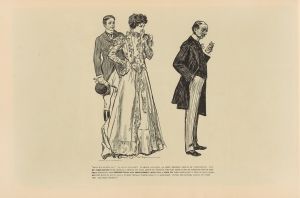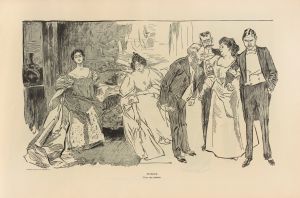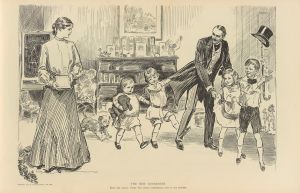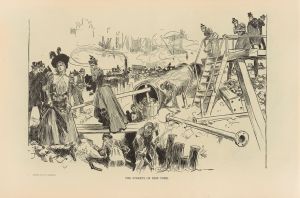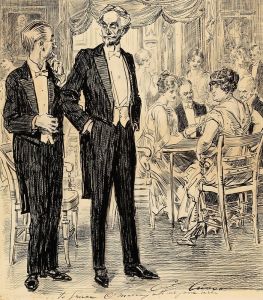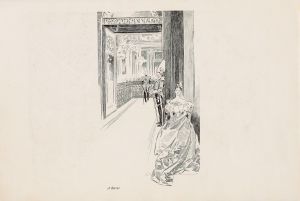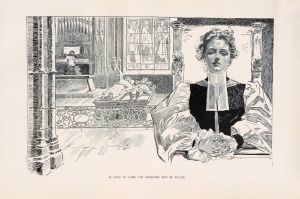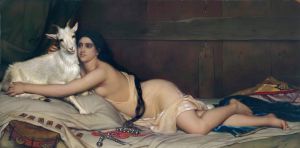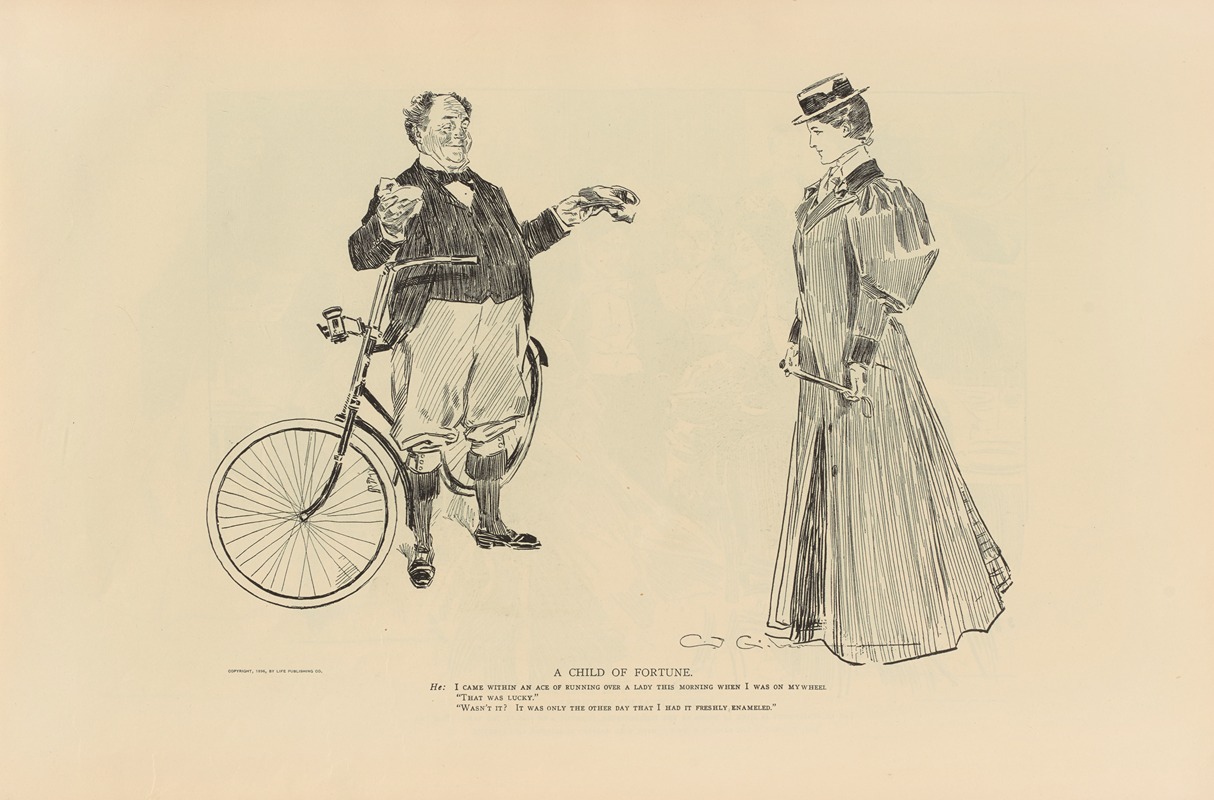
A child of fortune
A hand-painted replica of Charles Dana Gibson’s masterpiece A child of fortune, meticulously crafted by professional artists to capture the true essence of the original. Each piece is created with museum-quality canvas and rare mineral pigments, carefully painted by experienced artists with delicate brushstrokes and rich, layered colors to perfectly recreate the texture of the original artwork. Unlike machine-printed reproductions, this hand-painted version brings the painting to life, infused with the artist’s emotions and skill in every stroke. Whether for personal collection or home decoration, it instantly elevates the artistic atmosphere of any space.
Charles Dana Gibson was an influential American illustrator, best known for his creation of the "Gibson Girl," an iconic representation of the American woman at the turn of the 20th century. His work captured the spirit and style of the era, and his illustrations were widely published in magazines such as Life, Scribner's, and Collier's Weekly. Among his many works, "A Child of Fortune" is one of the notable pieces that exemplifies his artistic style and thematic focus.
"A Child of Fortune" is a black-and-white illustration that showcases Gibson's characteristic pen-and-ink technique. The artwork typically features a young woman, often embodying the elegance and poise associated with the Gibson Girl. Gibson's illustrations were known for their detailed line work and the ability to convey complex emotions and social commentary through simple yet expressive compositions.
The Gibson Girl, as depicted in works like "A Child of Fortune," was more than just a fashion icon; she represented a new ideal of femininity that was independent, confident, and socially active. This was a departure from the more demure and domestic female ideals of the 19th century. The Gibson Girl was often portrayed in various social settings, engaging in activities such as sports, attending social gatherings, or simply enjoying leisure time, reflecting the changing roles and aspirations of women during this period.
Gibson's work, including "A Child of Fortune," played a significant role in shaping public perceptions of women and their place in society. His illustrations were not only popular in the United States but also gained international recognition, influencing fashion and culture in Europe as well. The Gibson Girl became a symbol of the Progressive Era, a time when women were beginning to assert more control over their lives and seek greater opportunities for education and employment.
While specific details about the context or publication of "A Child of Fortune" may not be extensively documented, it is consistent with Gibson's broader body of work that often explored themes of wealth, social status, and the complexities of modern life. His illustrations frequently depicted the upper echelons of society, capturing both the glamour and the subtle tensions that existed within these circles.
Gibson's legacy as an illustrator is significant, as he helped to define an era through his art. His ability to capture the zeitgeist of the early 20th century and his influence on both art and popular culture remain noteworthy. "A Child of Fortune," like many of his works, continues to be appreciated for its artistic merit and its reflection of the societal changes of its time.
In summary, Charles Dana Gibson's "A Child of Fortune" is a testament to his skill as an illustrator and his ability to encapsulate the spirit of an era. Through his depiction of the Gibson Girl, Gibson offered a vision of modern womanhood that resonated with audiences and left a lasting impact on American culture.





